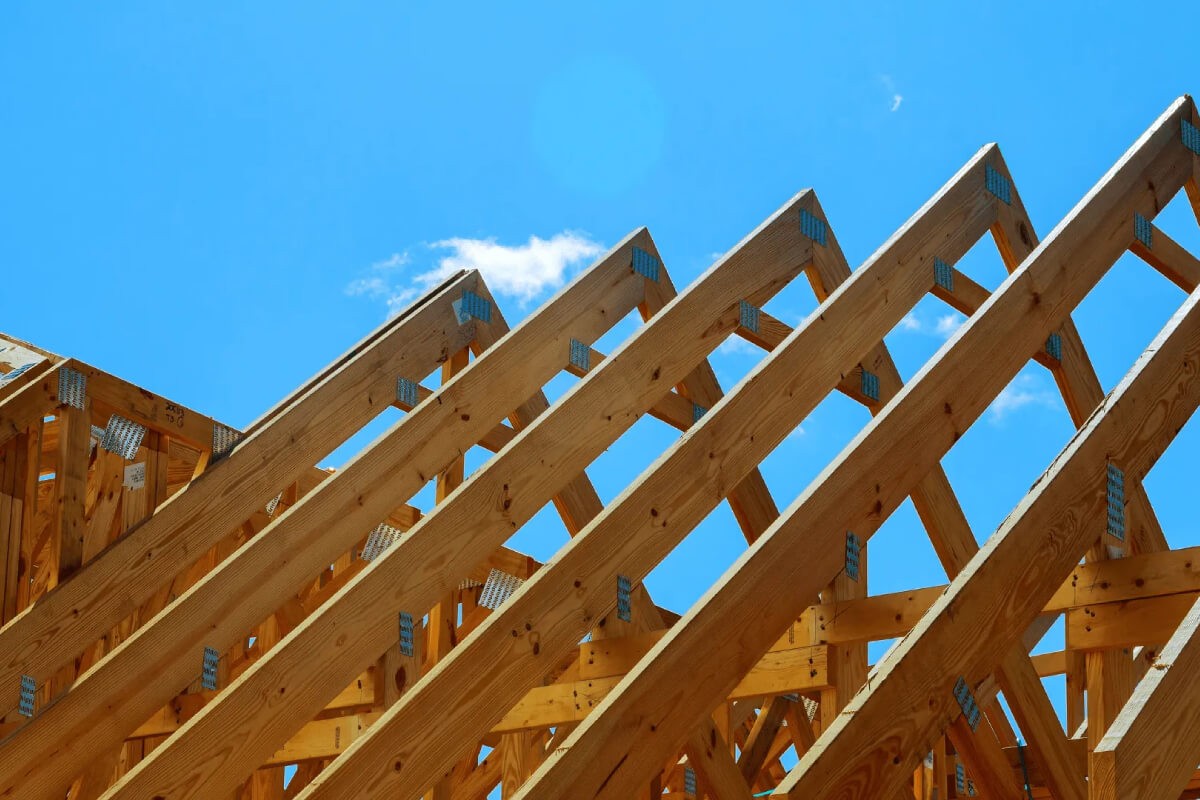While the summertime means vacations, pool-side activity and an all-around good time to many, to a contractor, it means an increase in the incidences of water damage. Not only can water damage ruin carpet and various other types of flooring, but it can also really do a number on a home’s air quality, its walls and its foundation, on the whole. It’s also not always the easiest thing to spot.
Below is a quick guide from EHow.com to help you spot water damage when it’s not so obvious.
- Look for water stains. Water leaking into a home will leave a trail; one that you’ll eventually see. Be especially observant in the bathroom around the tub and in the kitchen around the dishwasher and refrigerator.
- Find mold, mildew or stains left behind. These are obvious examples of water damage in your home and may be present even though you don’t have an actual leak. Check the ventilation in the room with the mold to ensure moisture can escape properly.
- Watch the floor for signs of buckling. If your floor appears warped in any area, water damage is the likely culprit.
- Check the drywall. Anywhere you find a buckled floor, check the walls. Drywall will be soft to the touch after exposure to water and will have a swollen appearance.






